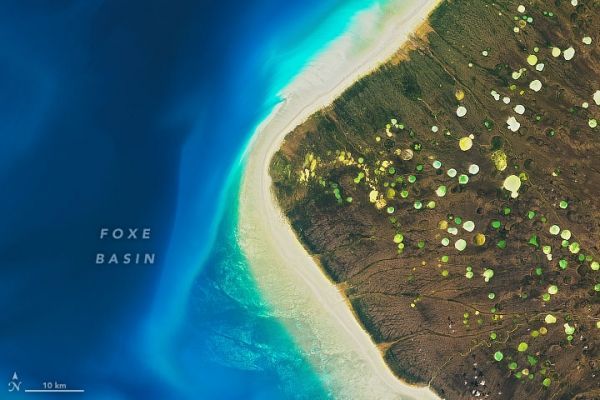After traveling more than 30,000 miles in six years, J. Dewey Soper’s ultimate quest was finally coming to an end. The Canadian explorer had been commissioned in 1923 to explore the country’s northernmost regions to collect plant, animal, and geological specimens, many of which sit in Canadian museums today. Venturing into the harsh conditions of the Arctic with the help of the Inuit people, he surveyed the land, created maps, and made scientific observations to better understand the country’s far north.
But Soper was still missing what he called “one of the leading enigmas in North American ornithology”—the exact location of blue geese breeding grounds. The mystery was of personal interest to the ornithologist, who from a young age was obsessed with learning about native birds and mammals. For centuries, no explorer or researcher had been able to document the North American bird’s nesting grounds.
In 1928, Soper finally received information that would help solve the mystery. A Nuwata Inuk man known as Salia said he knew where the blue geese nested and drew Soper a map of an area along the Foxe Basin coast, north of Bowman Bay. Using Salia’s map, Soper and a group of five Inuit—traveling on sledges pulled by 42 sled dogs—embarked on the search in May 1928. On June 2, a single flock of mixed snow geese and blue geese flew over their camp near Bowman Bay. Four days later, thousands of honking birds flew overhead. They had found the nesting site.
Continue reading at NASA Earth Observatory
Image via NASA Earth Observatory


